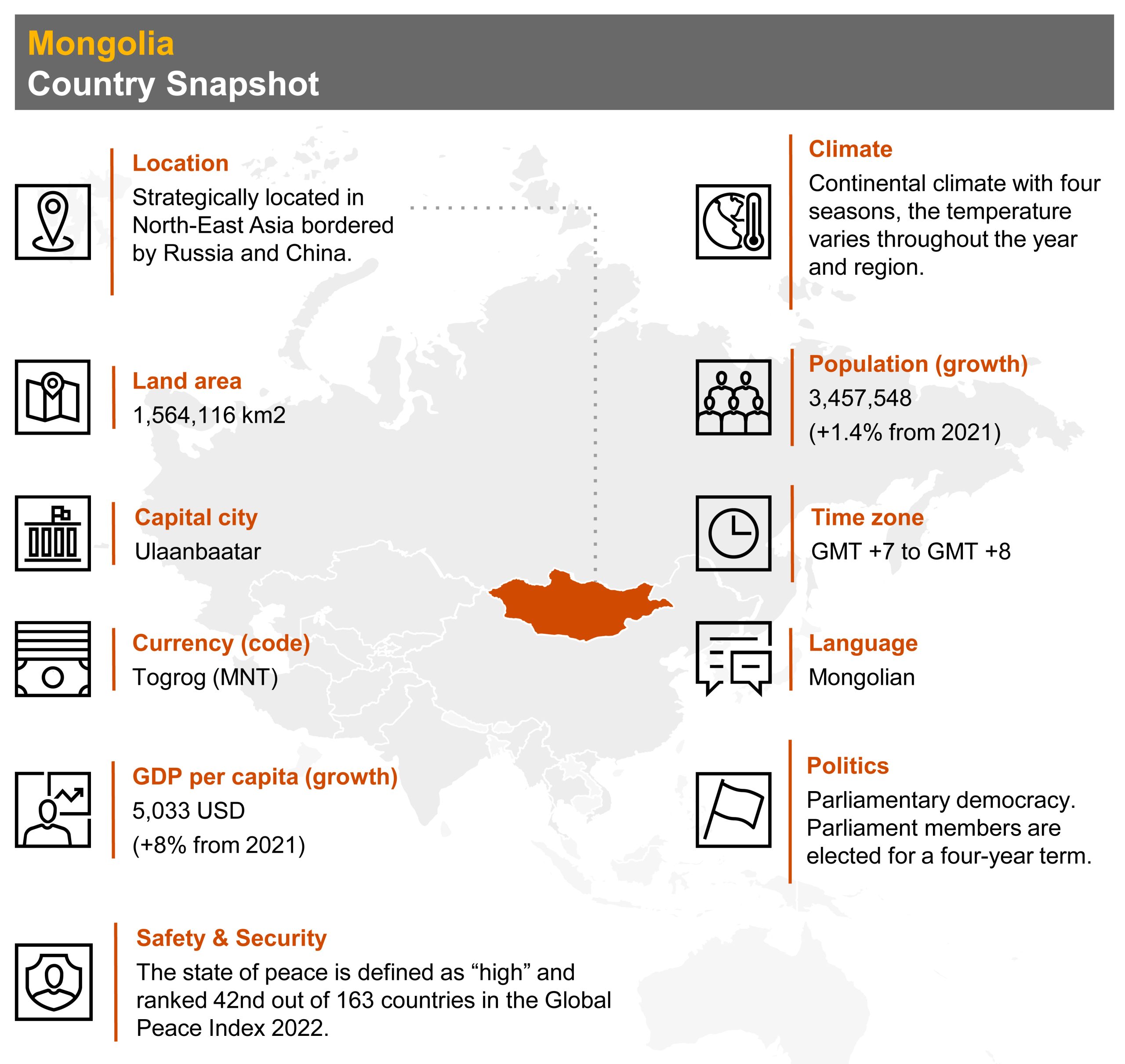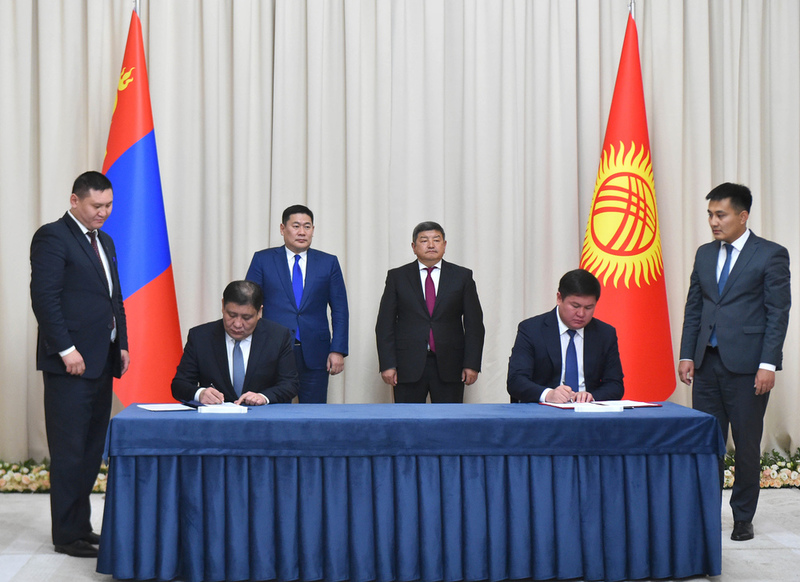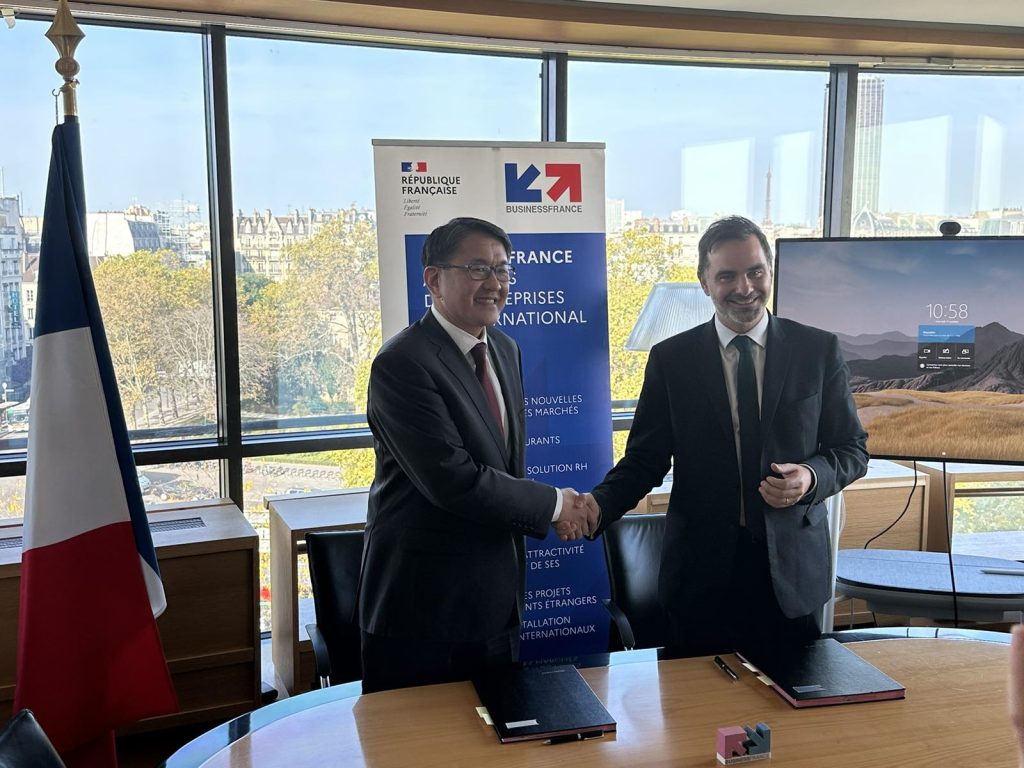Brief facts

Source: National Statistics office
Introduction
Welcome to Invest Mongolia, your gateway to one of the most dynamic and promising investment destinations in the world. Mongolia, nestled between Russia and China, is a landlocked gem that has recently emerged as a beacon of opportunity for global investors.
This captivating nation is undergoing a rapid transformation, evolving into one of the world’s fastest-growing economies, primarily driven by its abundant mineral resources and a vibrant economic landscape. Mongolia’s remarkable economic ascent has captured the attention of investors from around the globe, and our platform is your essential tool for tapping into the vast potential of this once-overlooked corner of Asia.
What distinguishes Mongolia is not only its wealth of natural resources but also its thriving and outward-looking business community. Supported by a robust democratic government, Mongolia is unwavering in its commitment to creating an investment-friendly environment that fosters growth and prosperity. As living standards rise across the country at an impressive pace, the possibilities for investors to participate in this transformative journey are limitless.
Mongolia’s extensive landmass, spanning a territory comparable in size to both Western and Central Europe combined, presents a unique canvas for investment ventures. What makes it even more intriguing is its relatively sparse population, with approximately three and a half million people. This population distribution creates a wealth of opportunities for innovative investments across various sectors.
Embark on a journey with us to explore the rich tapestry of investment prospects that Mongolia has to offer. Whether you are a seasoned investor seeking new horizons or a newcomer looking for a promising opportunity, Invest Mongolia is your trusted partner in navigating the thriving landscape of Mongolian investment.






